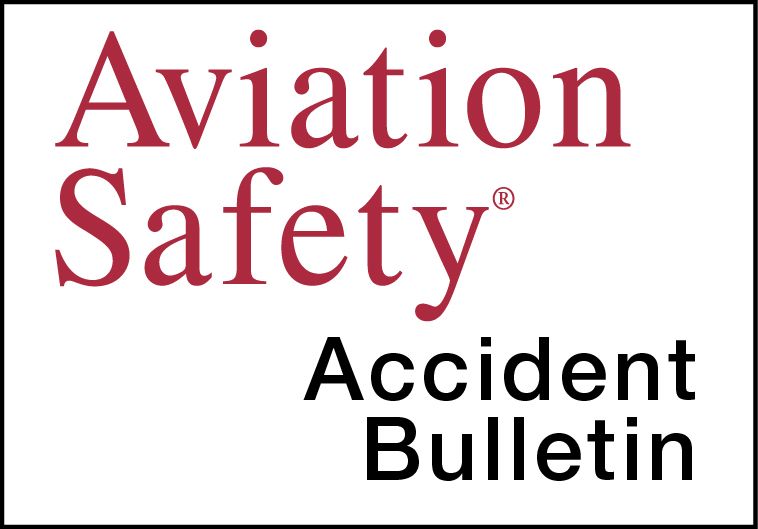AVweb’s General Aviation Accident Bulletin is taken from the pages of our sister publication, Aviation Safety magazine. All the reports listed here are preliminary and include only initial factual findings about crashes. You can learn more about the final probable cause on the NTSB’s website at www.ntsb.gov. Final reports appear about a year after the accident, although some take longer. Find out more about Aviation Safety at www.aviationsafetymagazine.com.
September 6, 2019, Midlothian, Texas
Piper PA-28-180
At about 1145 Central time, the airplane lost engine power shortly after takeoff. The solo student pilot made a forced landing back on the runway and was not injured, but the airplane sustained substantial damage. Visual conditions prevailed.
The pilot took off on runway 18 and, at about 400 feet AGL, the engine lost power. The pilot turned left toward the closest available field and set up for landing. As she flared for landing, the engine momentarily regained power, and the airplane climbed about 100 feet, allowed her to turn left, clear a tree line and continue toward the runway on a westerly heading. The engine lost power again and she glided the airplane to touch down at a right angle to the runway in dirt and grass. On touchdown, the nose gear separated, and the airplane slid across the runway, coming to rest just beyond the runway lights.
Examination revealed the fuel selector valve (p/n 491-947) was difficult to move and could be turned past the right tank detent, closing off fuel flow. Although the selector handle indicated the right tank had been selected, the valve was misaligned.
September 6, 2019, Lady Lake, Fla.
Van’s RV-12
The airplane was destroyed when it impacted terrain at 1312 Eastern time shortly after takeoff. The solo commercial pilot was fatally injured. Visual conditions prevailed.
Earlier, the pilot reported being unable to start the airplane’s engine. After he and pilot-friends cleaned and reinstalled the spark plugs, the engine started on the first attempt. An ignition check and a full static rpm check were performed, during which the airplane performed as expected. After shutdown and another normal engine start, the pilot took off to fly the traffic pattern. Witnesses reported the airplane “sounded good.”
Preliminary ADS-B data show the airplane climbed to about 1000 feet in a wide left-hand traffic pattern. Near the end of the downwind leg, the data indicate a brief climb followed by a rapid descent to the ground.
September 7, 2019, Las Vegas, Nev.
Beechcraft C24R Sierra
At about 1950 Pacific time, the airplane impacted a divided roadway while trying to return to the departure airport. The pilot receiving instruction and the flight instructor were fatally injured; the two passengers had serious injuries. The airplane was destroyed. Visual conditions prevailed.
A witness who also was monitoring ATC with a handheld radio observed the airplane’s ground operations with an open passenger-side cabin door. The run-up appeared normal and the left cabin door was closed prior to entering the runway. The airplane appeared to roll about 500-600 feet down the runway with about 50-percent power, before full power was applied. The airplane climbed to about 50-100 feet AGL and appeared to struggle to gain altitude. The witness heard the pilot report that a door had opened and requested a return. The airplane appeared to climb another 50-100 feet, then enter a left turn. It then entered a nose-down left bank and impacted terrain.
This article originally appeared in the December 2019 issue of Aviation Safety magazine.
For more great content like this, subscribe to Aviation Safety!



































